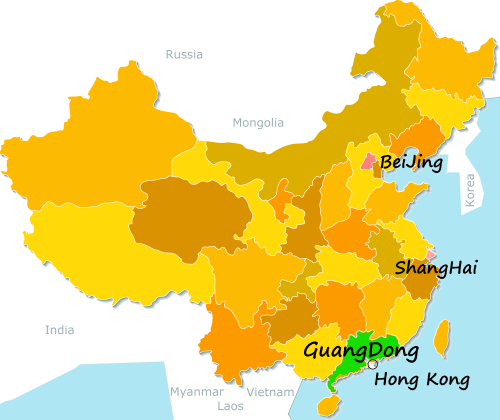
|
With Beautiful China ...
XiaSi Ancient Town - Dong Village Travel Guide
History
Attractions
Activities
Food
Transportation
Tips
History of XiaSi Ancient Town
XiaSi Ancient Town, located in the Dong Village of GuiZhou Province, is a historic town that reflects the rich cultural heritage of the Dong ethnic group. With a history dating back over 800 years, XiaSi is renowned for its traditional Dong architecture, unique drum towers, and wind and rain bridges. The town's preservation of ancient customs and traditions provides a living snapshot of Dong culture that has been passed down through generations.
Top Attractions in XiaSi Ancient Town
1. Drum Tower
The Drum Tower is the symbol of the Dong people and serves as the heart of the village. It is a traditional wooden structure used for gatherings and ceremonies. The intricate carvings and unique architecture make it a must-see.
2. Wind and Rain Bridge
The Wind and Rain Bridge, also known as the Flower Bridge, is an iconic piece of Dong architecture. It serves not only as a bridge but also as a place for villagers to rest and socialize, sheltered from the elements.
3. Dong Opera Stage
The open-air Dong Opera Stage is a cultural gem where traditional Dong performances are held. Visitors can experience the rich storytelling and music that characterize Dong opera.
4. Dong Residential Houses
Stroll through the village to see the traditional stilted wooden houses of the Dong people. These homes are built using ancient techniques and showcase the unique architectural style of the Dong community.
Activities to Enjoy
1. Participate in a Dong Dance
Join the locals in a traditional Dong dance. The Dong people are known for their vibrant dance and music, often performed in the village square or around the Drum Tower.
2. Explore Local Handicrafts
Visit local workshops to see artisans creating traditional Dong handicrafts, including embroidery, silver jewelry, and wooden carvings. You can also purchase these items as souvenirs.
3. Attend a Dong Wedding Ceremony
If you're lucky, you might witness a traditional Dong wedding ceremony. These ceremonies are colorful and vibrant, featuring music, dance, and traditional rituals.
Local Food & Delicacies
1. Dong Rice Wine
Dong rice wine is a traditional beverage made from glutinous rice. It has a sweet flavor and is often enjoyed during festivals and celebrations.
2. Sour Fish Soup
This is a popular dish among the Dong people, made with fresh fish, pickled vegetables, and spices. The soup has a distinctive sour and spicy flavor.
3. Glutinous Rice Cakes
Glutinous rice cakes are a traditional snack in Dong cuisine. They are often filled with sweet or savory ingredients and steamed to perfection.
How to Get There
By Bus
From Guiyang, the capital of GuiZhou, you can take a long-distance bus to Liping County, followed by a local bus to XiaSi. The journey takes approximately 5-6 hours.
By Train
Take a train to Kaili, a nearby city in GuiZhou. From Kaili, buses are available to Liping County and then to XiaSi Ancient Town.
By Car
If you prefer driving, renting a car from Guiyang or Kaili is an option. The roads to XiaSi are scenic but can be narrow and winding, so drive with caution.
Travel Tips for XiaSi Ancient Town
Learn a few basic phrases in the Dong language to connect better with locals. They appreciate the effort!
Respect local customs and traditions, especially during ceremonies and cultural events.
Bring comfortable walking shoes as you will be exploring on foot, often on uneven paths.
Plan your visit during one of the Dong festivals, such as the Dong New Year, to experience the vibrant local culture.
|

 ShaoGuan valley 韶关谷 and the DanXia mountain 丹霞山
ShaoGuan valley 韶关谷 and the DanXia mountain 丹霞山





